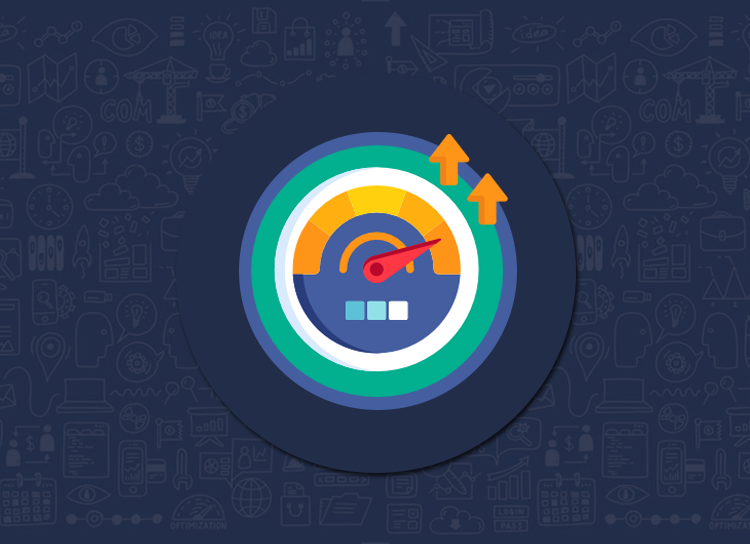How to Optimize Your WordPress Blog Post for Increased Traffic In Order to See Massive Gains in Rankings, Reputation and Revenue!
Do you have a WordPress blog? Are you getting any mileage out of it in terms of generating traffic for your business or gaining new viewers and readership? Do you want it to perform better? If so, then keep on reading.
Today, we’ll walk you through the steps of optimizing your WordPress blog for SEO purposes that would ultimately rank your blog post quickly in search engines and also rank high in order to generate increased traffic.
We will focus on the blog post itself, and then viewers can expand upon that from there to optimize all of their WordPress blog posts, one by one, until the entire WordPress blog is fully optimized for SEO.
Tools of the Trade
We recommend using only one tool. This one enjoys universal acclaim and we have had tremendous success with it when it comes to our clients.
The Yoast SEO plugin.
It’s simple to use (even non-coders can use it easily), and it comes packed with great features.
Some popular features include:
- Quick image scans
- Meta detail analysis
- Follow and no follow links quantification
- Basic SEO analysis report
The list just goes on…
The very first thing you need to do (of course, aside from creating a stunning blog) is to download the Yoast SEO plugin for your WordPress website.
You can do that by accessing the “Plugins” section from your WordPress dashboard.
Once the download is complete, you should be able to see a section titled “Yoast SEO” on the “Edit Post” page of your WordPress dashboard.

Now let’s move on to the next step and the actual optimization process.
Optimizing the Metadata
Meta details refer to the meta title and meta description of your blog post. Google uses this information to determine relevancy, and rankability based on an entered search term. To elaborate.
- A Meta title is the title of your web page (blog post) that appears on the SERPs.
- Meta descriptions are the descriptions that appear right below your Meta title and tell users what your webpage (blog post) is all about.

In the above image, the text in the black box is the meta title and the text in red box is the meta description.
If optimized correctly, both meta title and meta description can increase traffic to your webpage (blog post). This includes.
- Keeping the Meta Title between 45 and 60 characters (including whitespaces). It should contain your primary keyword, preferably at the beginning.
- Keeping the Meta Description length to no more than 160 characters. Its phrasing should entice readers to click on your blog post. Adding a keyword to meta descriptions doesn’t help your blog’s ranking on search engines, but it can boost the click-through rate.
Now that you know the main guidelines, the next questions is how to apply it towards a blog post. This is where Yoast comes in.
Visit your Yoast SEO section and click on “Edit Snippet” button.

This will expand the window, revealing the SEO title and meta description boxes:

Type the SEO title (meta title) and meta description of your choice.
Optimize the URL
All web pages, including your blog post has a unique URL.
By default, WordPress adds the title of your blog post to the URL when you publish the post. This default setting isn’t bad at all; in fact, it’s really good for search engine optimization.
However, if you want to customize your blog post URL to make it look even better, you can do so by typing your desired URL in the “Slug” box of the snippet editor.
Remember the snippet editor?

Here are couple of tips for optimizing your blog post URL for increased traffic:
- Include a keyword in the URL
- Keep the URL short
Rand Fishkin, co-founder of MOZ, has some more suggestions on URL structuring. You can read about them by clicking here.
Optimize the <h1> tag
The <h1> tag is the main title of your blog post as it appears on the webpage.
For example, the <h1> tag for this blog post is “How to optimize Your WordPress Blog Post for Increased Traffic”.
<h1> tags are very important on-page elements. They tell search engines what your blog post is about.
Many website owners prefer using the same title for their <h1 tags> and meta titles. However, if you want, you can keep the two different. Just make sure your <h1> tag isn’t noticeably different to your meta title; you don’t want the search user to get confused by two different versions of your blog post title that say two different things.
To optimize the <h1> tag of your blog post, click on the “Posts” section and manually type the header tag in the “Add New Post” box.

Don’t Forget About Image Optimization
When we talk about optimizing images on a WordPress blog post, we mean optimizing the ALT text attribute of those images for better search engine indexing.
Alt text describes the appearance and function of an image on a web page. It’s embedded in the HTML code of your WordPress website.
By default, the alt text of an image can contain different alphabets and numbers.
Focus on making them descriptive (and relevant) in the context of the subject matter of the image, you can improve on both the above aspects.
To optimize the alt text of the images used on your WordPress blog post, click on the “Posts” section on your WordPress dashboard and click on the image you want to add the alt text to. Hit the “Edit” icon and type the alt text of your choice.
We’ll suggest adding a keyword to the alt text for better optimization results.
Optimize the Social Media Metadata
The Yoast SEO plugin also allows you to share your blog post on social media sites.
The meta data for social media sharing is pulled by the plug in itself (unless specified) from the blog post content and used for creating posts for Facebook, Twitter etc.
You can override this meta data and make your social media posts more creative and clickable by clicking on the “Share” icon within the “Yoast SEO” section and specifying the content as per your wish.
There are some other optimization techniques as well that you can implement, for instance, including internal and external links to your WordPress blog post and designing a clickable CTA.
Rest assured, following these steps will set your WordPress blog post on the right path and over time start delivering long term results and viewership. There is SEO and then there is SEO for WordPress.
Search Berg can help you with that!
We are one of the leading WordPress SEO service providers in the United States, employing foundational and advanced SEO techniques to help our clients create high performing WordPress websites. Our WordPress SEO experts have years of experience in the field and knows what it takes to make a WordPress website successful and search engine friendly.
Get in touch with us today to discuss your WordPress SEO needs.














